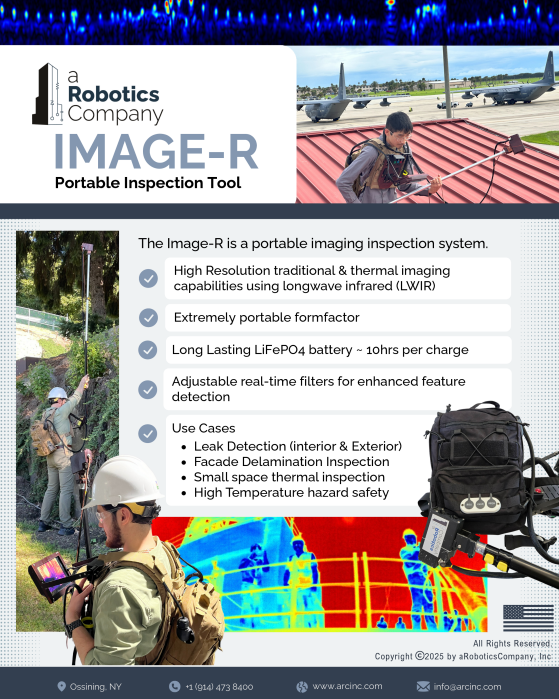Technology Title
Automatic Inspections of Structures and Assets
Tech Focus Area
Enhanced Inspection
Abstract
Shipyard and fleet sustainment activities depend on weld integrity across hulls, piping, and pressure systems. Today, inspection workflows are slow, expensive, and reactive, relying on radiography, dye penetrant, or ultrasonic testing that requires heavy equipment, specialized personnel, and post-process evaluation. These introduce delays that hinder readiness, increase rework, and risk undetected defects. The Navy requires a field-ready solution that ensures weld reliability, without relying on distant labs or scarce QA staff.
The Real-Time Weld Inspection Tool (RT-WIT, “rit-wit”) delivers that capability. RT-WIT is a helmet-mounted, battery-powered inspection system that combines ultraviolet-visible spectrometry, augmented reality overlays, and onboard AI processing to identify weld defects as they occur. By analyzing the weld arc, RT-WIT detects porosity, contamination, gas coverage issues, and heat imbalance in milliseconds. Corrective cues are displayed inside the welder’s helmet, enabling both seasoned shipfitters and junior maintainers to correct problems immediately instead of after job “completion.” Unlike conventional systems, RT-WIT requires no internet and is highly portable, making it equally effective inside a submarine, at sea, or at a forward expeditionary site.
For the Navy, the benefits are immediate: reduced rework and scrap, faster turnaround, and higher first-pass yield on pressure-critical welds. RT-WIT strengthens hull integrity, reduces backlog at public and private shipyards, and enables safe, certifiable repairs in distributed maritime operations. The tool embeds expertise into standard PPE, helping less-experienced personnel achieve certified results while automatically generating digital records for compliance and traceability.
Challenges remain in scaling the spectral library across diverse naval alloys and weld geometries, and in hardening optics and electronics for shipyard vibration, dust, and EMI. User interface design must continue to balance actionable alerts with low cognitive load. These risks are being addressed through iterative trials, ruggedization, and ongoing feedback from end users.
RT-WIT is currently at TRL-6. Laboratory testing and trials with naval primes and commercial yards have validated defect detection accuracy above 99% in hull and piping applications. Demonstrations confirm portability, battery endurance, and operator acceptance in real-world conditions. It earned international recognition through NATO’s DIANA accelerator and industry competitions, and development is backed by over $4.7 million in private and public investment. Upcoming demonstrations will focus on naval shipyards and fleet sustainment units, positioning RT-WIT for rapid integration into existing Navy maintenance workflows.
By moving quality assurance from after-the-fact inspection to real-time reliability assurance, RT-WIT offers the Navy a direct path to safer ships, faster repairs, and stronger fleet readiness.
Graphic





